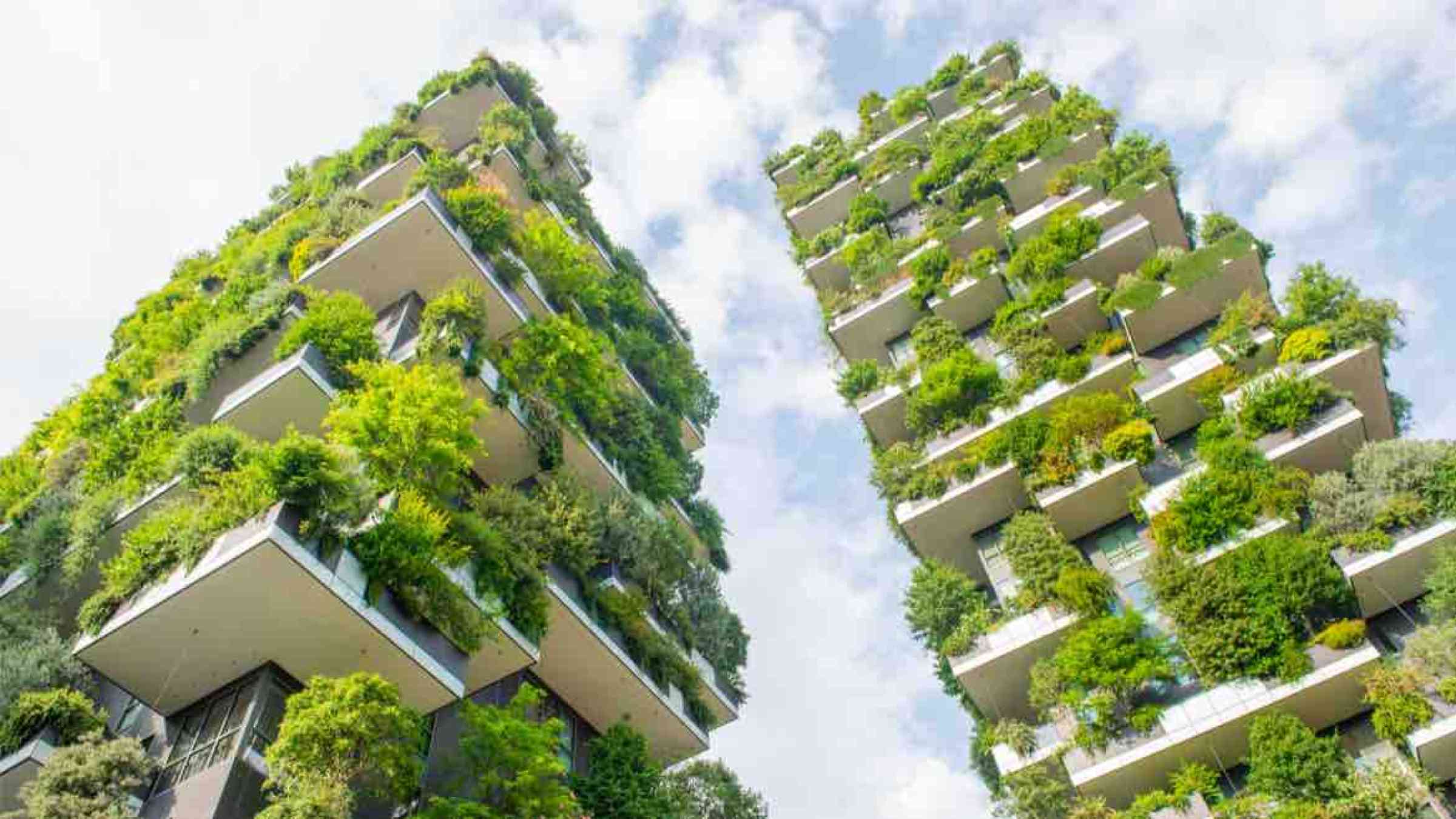
- By 2070, 3.5 billion people will be heavily affected by heat, 1.6 billion of whom will live in urban areas.
- Rising temperatures can negatively impact vulnerable people, workers, infrastructure and even GDP, but nature-based solutions deployed by some cities show an alternative future.
- Adrienne Arsht-Rockefeller Foundation Resilience Center and the World Economic Forum’s Global Commission on BiodiverCities by 2030 have produced the Heat Action Platform to provide cities around the world with a roadmap and tools to address extreme heat.
In 2021, summer in the northern hemisphere saw a record-breaking heatwave in North America and devastating wildfires in Europe that destroyed homes and vital infrastructure. As the world’s temperature continues to rise, heatwaves are becoming more frequent and longer in duration, and their impact more catastrophic.
By 2070, 3.5 billion people will be heavily affected by heat, 1.6 billion of whom will live in urban areas. A study carried out in nine countries suggests that 356,000 deaths were linked to extreme heat in 2019 alone. Extreme heat causes more deaths than all other climate-driven hazards combined and has come to be known as the “silent killer” since it is not as visually shocking as floods, forest fires or hurricanes.
Heat creates a cascade of negative economic and social effects. The economic costs of extreme heat are already significant and recent analysis suggests that annual economic losses in the US have already mounted to $100 billion due to reductions in labour productivity. The International Labour Organization projects that heat stress will reduce the world’s GDP by $2.4 trillion in 2030. Globally, the effects of heat will strip approximately 1.5 to 2% of annual GDP from local economies.
The social impact is also evident. As the mercury rises, children can’t concentrate in school, pregnant women are at greater risk of miscarriage and the elderly and people with a variety of existing health conditions are prone to develop heatstroke owing to their decreased capacity to adapt to changes in body temperature. When thermometers hit 100℉ (37.78°C), the risk of injuries increases by 15% for manufacturing plant and warehouse workers. Heat disproportionately affects the most vulnerable people and this problem is exacerbated in densely populated urban areas.
In the light of this challenge, cities from around the world are showing extraordinary leadership, commitment and innovative approaches to tackling extreme heat, demonstrating that there are cost-effective actionable solutions that can be implemented. Through tailor-made technical assistance provided by the Adrienne Arsht-Rockefeller Foundation Resilience Center (Arsht-Rock):
- Miami-Dade County in the US has established an annual “heat season” as a strategy to raise awareness of the threat that extreme heat poses;
- Athens, Greece, is restoring a 1500-year-old Roman aqueduct for local irrigation, which will make the areas through which it passes green and reduce surrounding temperatures;
- Seville, Spain, is developing the world’s first heatwave naming and categorization system based on forecasted health impacts;
- Freetown, Sierra Leone, is implementing nature-based solutions through its “Freetown the Tree Town” initiative to plant 1 million trees as a practical step for cooling the city.
Heat-related casualties are preventable and nature-based solutions can play a vital role in addressing the risks. Blue and green infrastructure and corridors provide cost-effective solutions to reduce the impact of heatwaves and the urban heat island effect (where urban or metropolitan areas have a significantly higher temperature than their surroundings), while at the same time increasing the level of urban biodiversity.
Acknowledging the importance of preserving and restoring cities’ natural ecosystems, the WEF’s Global Commission on BiodiverCities by 2030 was created last year to combine the latest research with practical solutions in the service of sustainable, inclusive, and nature-positive urban development.
Heat is a growing global challenge for communities large and small, across every development context, and requires collaboration amongst a wide array of disciplines and topic areas. Having an easily accessible, actionable guide for mayors and other stakeholders on how to implement solutions to strengthen resilience to rising temperatures is essential.
In response, Arsht-Rock and the Forum’s Global Commission on BiodiverCities by 2030 have joined forces to integrate nature-based solutions into city planning through heat resilience-building actions. The outcome of this collaboration is materialized in the Heat Action Platform (HAP), a one-stop, user-friendly online resource that provides cities around the world with a roadmap and tools to address extreme heat. The HAP highlights how the correlation between heat and biodiversity loss requires holistic policies and innovative on-the-ground action.
The HAP is being developed in partnership with the UN Environment Programme, the Cool Coalition, Rocky Mountain Institute, Global Covenant of Mayors for Climate and Energy, Clean Cooling Collaborative and Mission Innovation. It allows policy-makers and practitioners to understand heat risks and impacts, assess vulnerabilities and identify the most appropriate policies and actions to address the risks associated with heat.
The HAP is more than a toolkit; it is a means for practitioners and others to connect and partner with global experts to jointly develop solutions that will work at a local level. By providing carefully curated resources, interactive analytic tools, and templates from several institutions that can be adapted and used in different contexts, cities will have an array of options to fill existing gaps in current offerings.
The HAP aims to become a meaningful vehicle to build heat resilience by raising awareness about heat-related risks in cities, educating decision-makers, and providing them with actionable solutions while highlighting the connection between fostering urban biodiversity and cooling down cities. Mayors' and city officials' priority is to protect people's lives. Taking innovative, effective and data-driven action to address extreme heat will safeguard citizens from the preventable “silent killer” and paves the way for a more sustainable, resilient and prosperous future in cities.